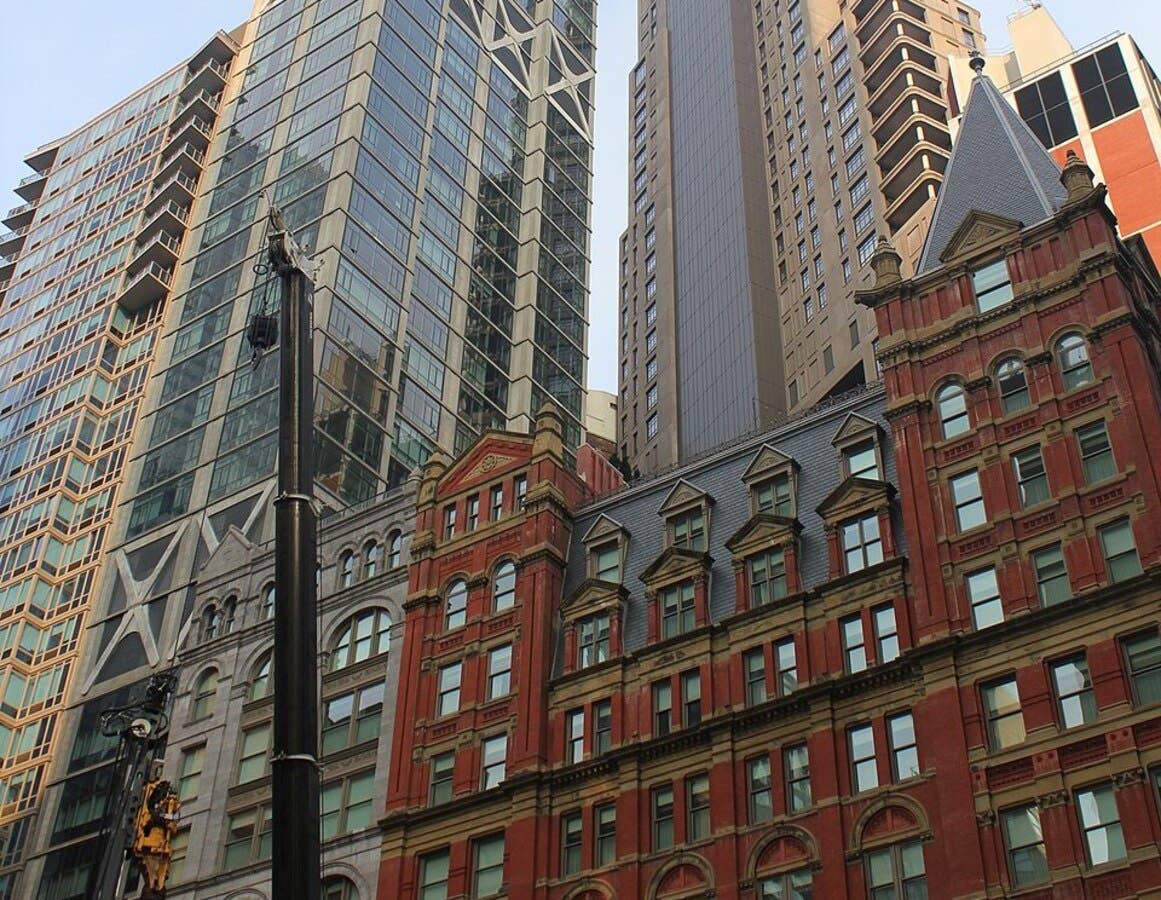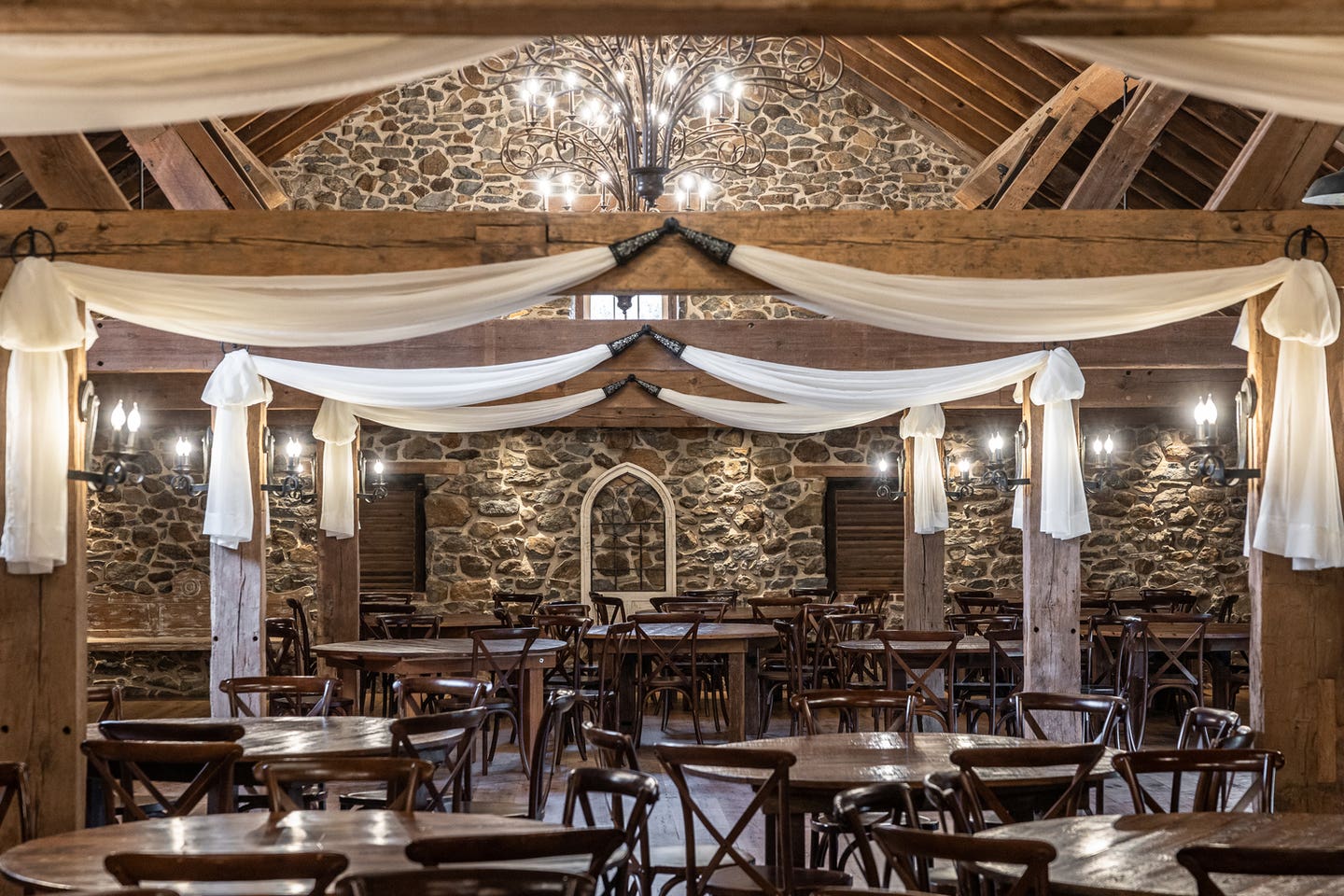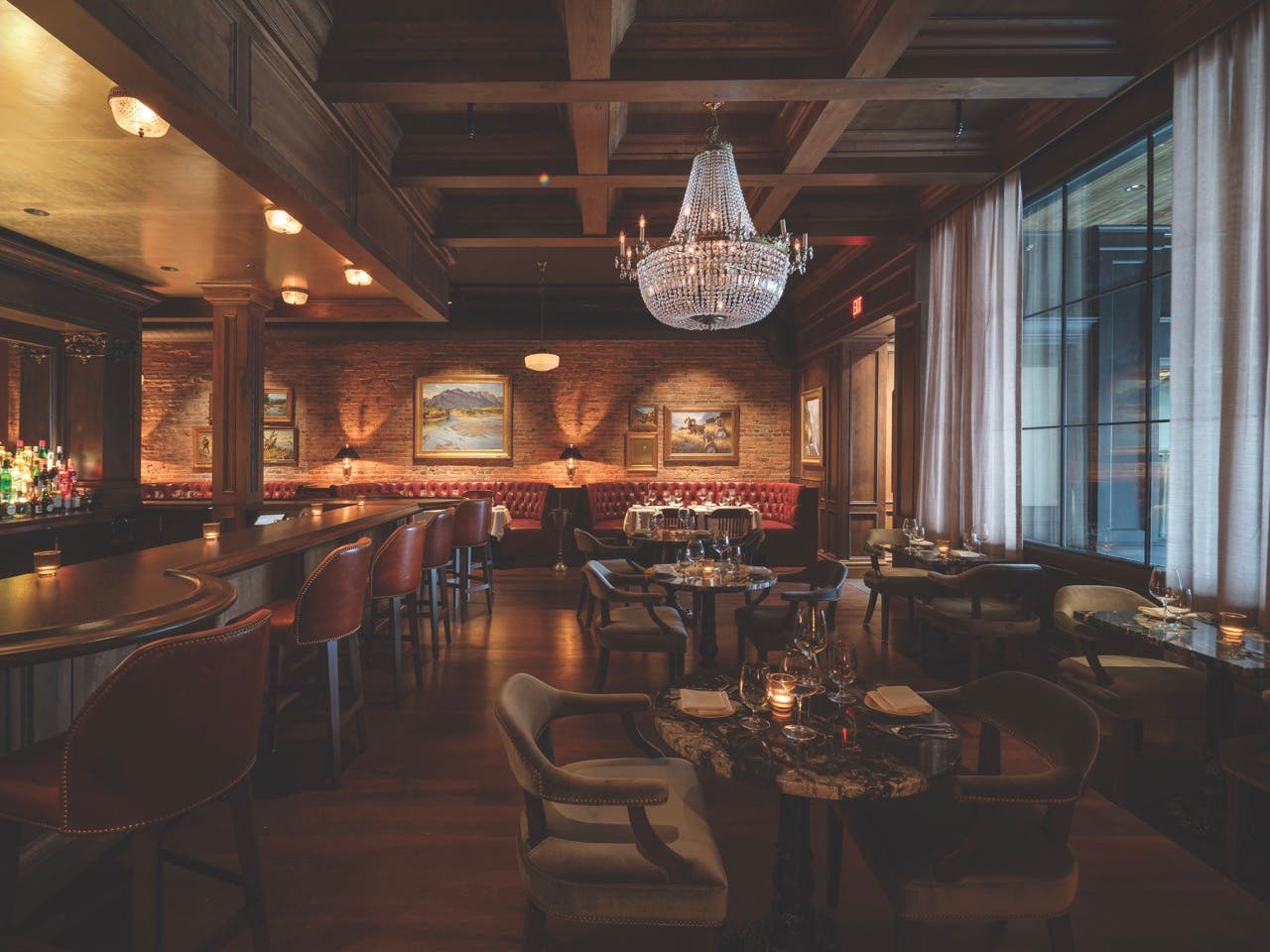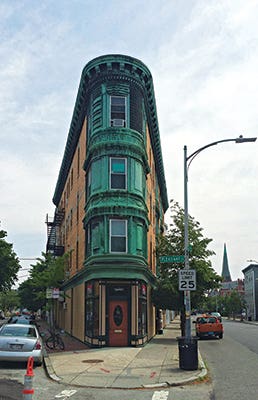
Restoration & Renovation
An Investment in History

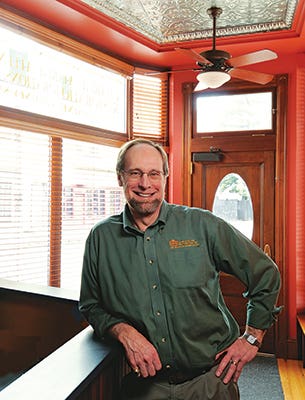
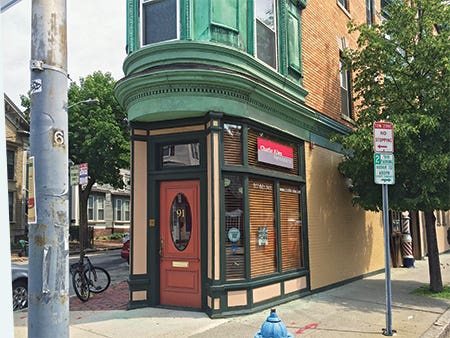

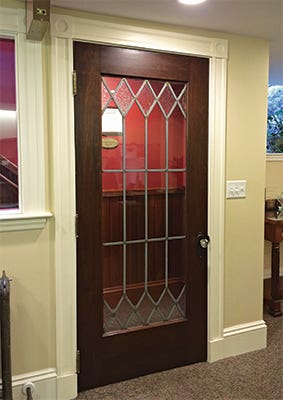
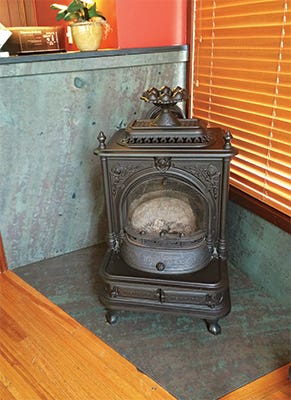
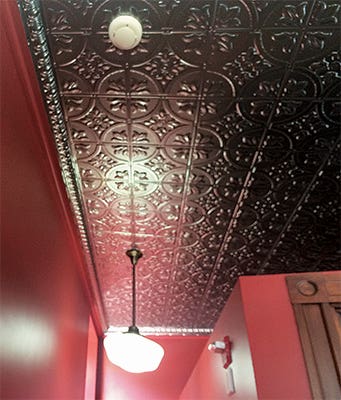
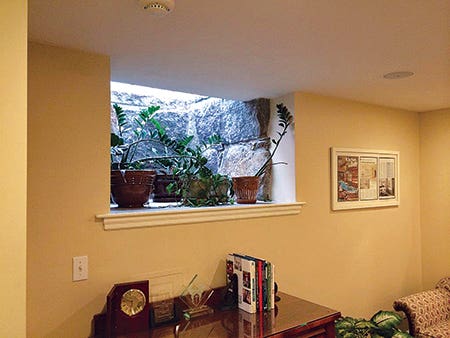
By Martha McDonald
If you live in or near Boston, MA, and you have an old house, you probably know Charlie Allen of Charlie Allen Renovations, whose office is now located in an historic 1899 flat iron building at 91 River St., near Central Square, Cambridge, MA. His firm specializes in repairing and restoring older homes, trying to keep the historic quality while making the homes work for today’s standards. “We are a residential remodeling company,” says Charlie Allen, who launched his business in the 1970s and initially worked out of the basement in his home. “We don’t do new construction.”
“We are happy to be preservationists,” he adds. “Most people love their old houses, but they need to change and modernize them. We keep the feel of old houses while changing them to fit people’s needs today, which actually preserves old houses because they continue to work.”
This theory carried over to the office he now occupies. When looking for new space so he could move out of his home basement, Allen saw a “For Rent” sign on the door of an obviously historic flat iron building not far from his home. “It had been a second-hand furniture and knick-knack shop called ‘Just in Thyme’,” he says. “It was convenient, but we thought it was too small. We decided to look at it anyway.”
It turned out that it was too small, only 250 square feet. However, Allen noticed that there was a basement, partly semi-finished and partly a home for cobwebs. The basement was another 1,250 square feet, bringing the office to a total of 1,500 square feet. The owner was willing to rent the two floors for a reasonable rent with a long-term (21 years) lease, if Allen would rebuild it. Allen agreed. “It made sense for us.”
A local Cambridge architect that Allen works with, Tom Downer, drew up plans. The ground floor included the reception area and Charlie’s office while the conference room, main cubicle area, kitchen and bathroom were in the basement. Allen brought in a team of workers, electricians, plumbers, etc., to work on the renovation. “There was a lot of basic work that had to be done before we got to the fun part,” he says. “It was a big project. It actually took 10 months, longer than a job of this size usually takes, because we were trying to run a business at the same time.”
The fun part, he points out, was keeping the historic quality of the building.
In some cases, this meant doing interpretive work because there was very little to go on. In fact, all he had was an article from the 1899 Cambridge Chronicle that he got from the Cambridge Historical Commission. It was a one-paragraph article announcing the opening of the building and giving a floor plan.
“There was very little original material, but we decided to recreate the building the way it might have looked in 1899,” says Allen, following the newspaper article and other existing details found in the top three floors which contain apartments. “We took what was logical, what the article said, and what was in the rest of the building and created our office. Happily the byproduct of neglect was that there were many original door casings and details in the other floors. There hadn’t been much work in the apartments.”
For the front door, Allen replaced a 1960s version with a beveled glass door with a transom that he found at the Old House Parts Co. in Kennebunkport, ME. “We don’t know what the original door looked like, but this is a period piece and it lets the light in,” says Allen. The hardware for the transom came out of the building.
As for the windows, he says: “We saw the panels in the storefront windows in the photo in Chronicle and were able to mimic those. We had to rebuild the windows and we put in double-insulated glass, but the size of the panes is the same. We repaired the jambs and muntins, copying the configuration from 1899 photo, so we were able to get the window configuration right.”
On the interior, Allen used heart-pine flooring acquired from a local salvage company to match the flooring in the apartments. “It is reclaimed from beams,” he says. “We put that on the first floor and on the stairs to the basement.”
He copied the baseboard, chair rail and wainscot found on the building’s main entrance for use throughout the two floors, and he added a tin ceiling to the first floor. “We had no real idea what the ceiling was originally, but decided to put in a tin ceiling, with an egg-and-dart pattern in the border,” Allen explains. “There is a tin ceiling in a building across the street, so we thought that it fit.” The egg-and-dart pattern was inspired by the design on the building’s exterior copper work. The lighting fixtures are reproductions of schoolhouse pendants, supplied by Rejuvenation.
A woodstove on the first floor and five freestanding historic radiators are also a nod to what might have been in the original building. A leaded-glass door leads from the basement to the stairs to the first floor and a leaded-glass window looks on to the staircase, letting more light into the basement.
To improve lighting in the basement, Allen took the grates off of an existing window well and installed a glass sidewalk window. “As you walk along the sidewalk, you walk right over our window well,” he says.
“We tried to do each touch with history in mind,” says Allen. “We followed the same philosophy that we use with old houses, to keep the historical detail and appearance and to bring them up to modern standards. That’s what we did with our office. We don’t know what it was in 1899 and the basement was truly unfinished. By using materials that mimic the building style both upstairs and in the basement, it creates a nice continuity. The basement doesn’t look out of sync with the rest of the building.”
“This location is a great representation of our commitment to renovating period homes for modern living, while restoring and preserving their period character,” he adds. “It has helped us to effectively brand ourselves in the community and showcase our craft.” TB
Key Suppliers
Wood Monger (wood floors, post and beam construction and consultation)
John Yarema Metamora, MI
Sawmill (timber felling, hewing and cutting)
Robert E. Nelson & Son Lapeer, MI
Masonry
Giddings Masonry Millington, MI
Roofing
Inspire Roofing Metamora, MI
Fine-Art Painting (mural)
Jean Louis Sauvat France



